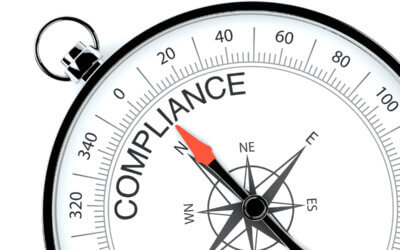Group health plan insurers are paying out $689 million in rebates to plan sponsors this year, as required by the Affordable Care Act’s “medical loss ratio” provision.
The provision requires insurance companies that cover individuals and small businesses to spend at least 80% of their premium income on health care claims and quality improvement, leaving the remaining 20% for administration, marketing and profit.
The MLR threshold is higher for large group insured plans, which must spend at least 85% of premium dollars on health care and quality improvement.
Employers who sponsor health small and large group health plans around the country in the last few months have received notices of rebates from their insurers. For those who have received one for the first time, there’s always a question of what they should do with the surprise funds.
MLR rebates are based on a three-year average, meaning that 2020 rebates are calculated using insurers’ financial data in 2017, 2018 and 2019.
You received a rebate…now what?
Health insurers may pay MLR rebates either in the form of a premium credit (for employers that are still using the insurer) or as a lump-sum payment. More than 90% of group plan rebates come as a lump-sum payment.
Once an employer receives this money, it is their responsibility to distribute the rebate to plan beneficiaries appropriately within 90 days, or risk triggering ERISA trust issues.
How the employer distributes the check will depend on how much their employees contribute to the plan, if at all. Here are the basic rules for employers handling their MLR rebate checks:
- If you paid 100% of the premiums, the rebate is not a plan asset and you can retain the entire rebate amount and use it as you wish.
- If the premiums were paid partly by you and partly by the participants, the percentage of the rebate equal to the percentage of the cost paid by participants must be distributed to the employees.
If you have to distribute funds to the plan participants, the Department of Labor provides a few options (if the plan document or policy does not already prescribe how they should be distributed):
- The funds can be used to reduce your portion of the annual premium for the subsequent policy year for all staff who were covered by all of your group health plans.
- The funds can be used to reduce your portion of the annual premium for the subsequent policy year for only those workers covered by the group health policy on which the rebate was based.
- You can provide a cash refund to subscribers who were covered by the group health policy on which the rebate is based.
How it works (example)
- Total premiums paid to an insurance company for a plan with 100 covered employees during 2019 = $2,000,000.
- Total participant contributions during 2019 = $500,000 (25% of total plan premiums for the year).
- The employer receives a $30,000 rebate from the carrier in 2020.
- A total of $7,500 is considered plan assets and must be distributed to the employees (25% of the $30,000).
Tax treatment of cash refunds
If your employees paid for their share of the health premium with pre-tax earnings, the refund would also have to be taxed. But if they paid for their premiums post-tax, they would not be required to pay taxes on the refund (unless they deducted the premiums on their income tax returns).
You must distribute rebates to your staff within 90 days of receiving them.


